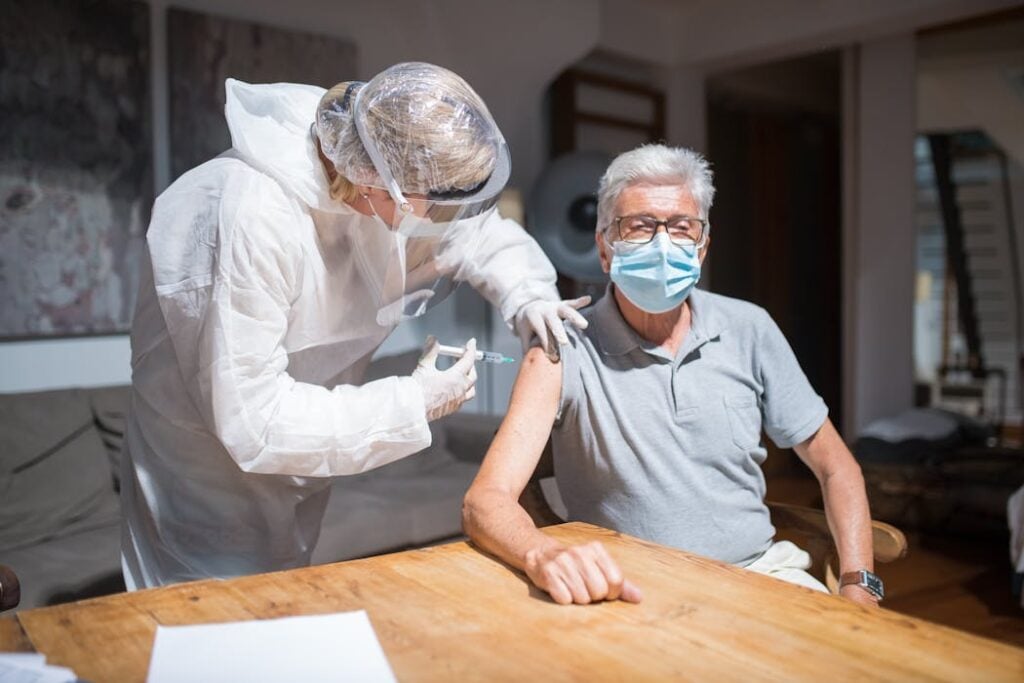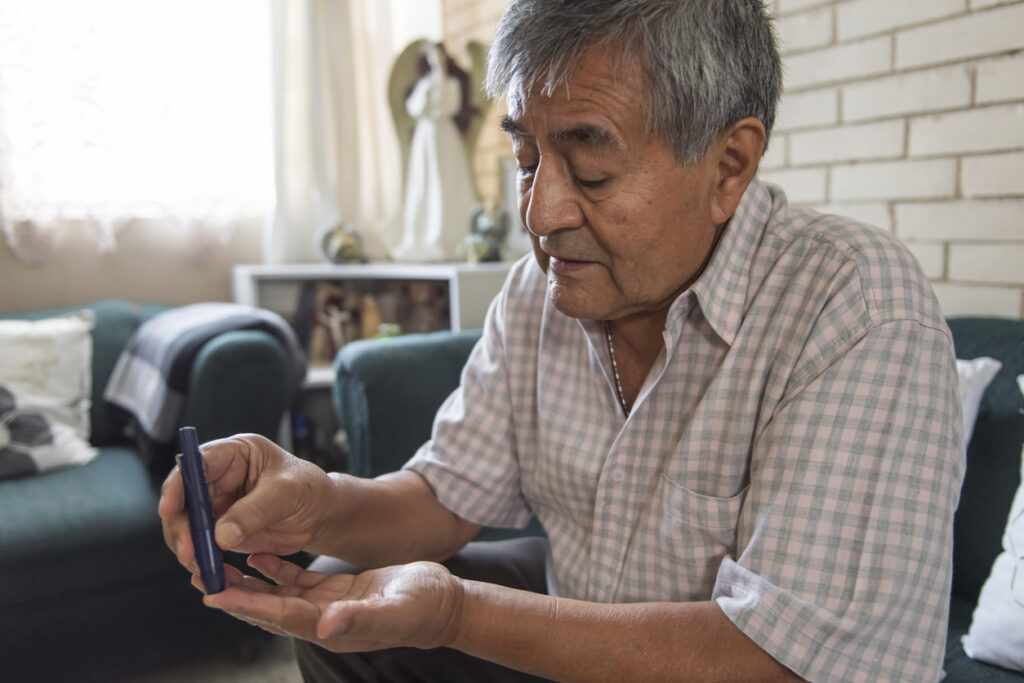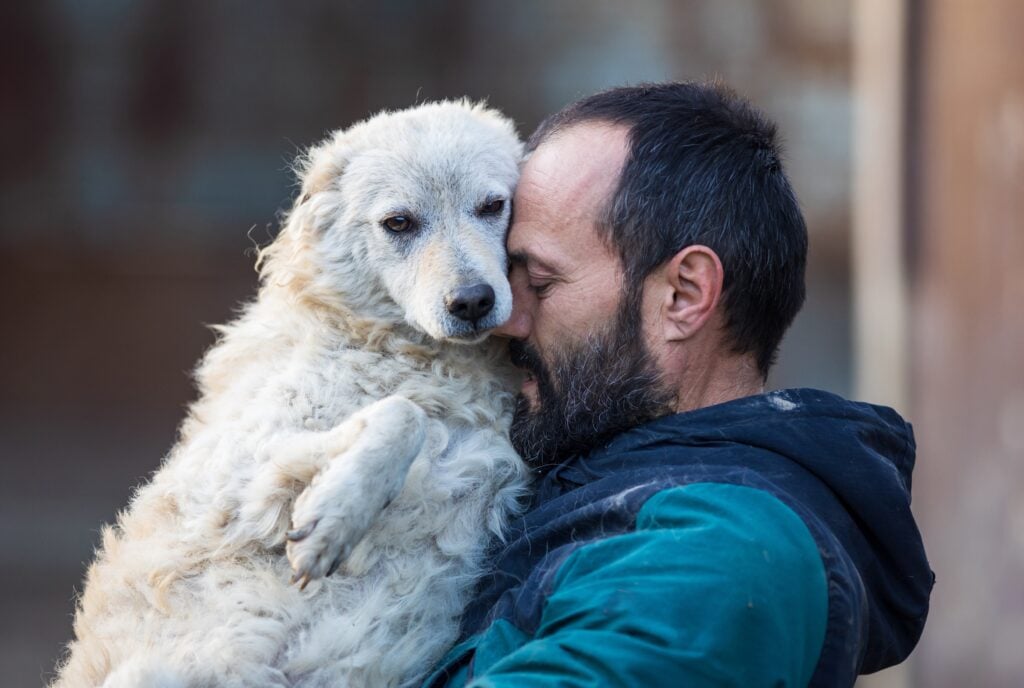From weakened immunity to evolving viruses, scientists fear seniors could face a deadly new frontier.

Imagine a future where the next major virus doesn’t spread evenly across all age groups—but strikes older adults the hardest. Scientists are now studying how changes in immunity, global travel, and emerging pathogens could create pandemics that disproportionately affect people over 60. As life expectancy rises and the global population ages, experts warn that vulnerabilities among seniors could magnify the next outbreak’s toll. Understanding how aging bodies respond to new infections isn’t just medical curiosity—it’s quickly becoming one of the most urgent challenges in global health.
1. Aging Immune Systems Respond Less Effectively to Threats

As people age, the immune system undergoes a process called immunosenescence—a gradual weakening that reduces its ability to detect and fight pathogens. Older adults produce fewer new immune cells, and their existing ones respond more slowly.
This decline makes vaccines less effective and infections harder to clear. During COVID-19, people over 65 accounted for the vast majority of deaths worldwide, largely due to this reduced immune function. Researchers are now racing to develop vaccines and antiviral therapies specifically designed for aging immune systems, as reported in NIH.
2. Inflammation Increases Risk of Severe Illness

Aging bodies experience higher baseline inflammation, a condition scientists call “inflammaging.” This chronic, low-level immune activation contributes to diseases like heart disease and diabetes—and can worsen viral infections.
When an older person contracts a new pathogen, this preexisting inflammation can trigger an exaggerated immune response, damaging organs and leading to complications like pneumonia or sepsis. Understanding and moderating this response is a key area of pandemic preparedness research, as it could help protect seniors from the severe outcomes seen in recent outbreaks, according to VegOut.
3. COVID-19 Exposed Age as a Key Vulnerability

The COVID-19 pandemic offered stark evidence that age itself can be one of the strongest predictors of mortality. In the United States, roughly 80% of deaths occurred among those 65 and older. Similar patterns were seen worldwide.
Scientists studying post-pandemic data now see age not as a side factor, but as a primary risk indicator for new viral threats, as stated in Medium.com. This has changed how health agencies plan responses—ensuring vaccine distribution, hospital capacity, and treatment research account for the unique needs of older populations.
4. Global Aging Makes Future Pandemics More Dangerous

By 2050, the World Health Organization projects that one in six people worldwide will be over 65. As the elderly population grows, so does the pool of individuals vulnerable to infectious disease.
A virus that primarily affects older adults could therefore spread rapidly and cause disproportionately high mortality. The demographic shift also places pressure on healthcare systems already strained by chronic illnesses. Preparing for age-focused pandemics now could prevent catastrophic outcomes later as the world’s population continues to age.
5. Nursing Homes Could Become Epicenters Again

Long-term care facilities were among the hardest-hit locations during COVID-19, accounting for more than a third of deaths in some countries. High population density, close contact, and shared staff make these environments ideal for viral spread.
Experts warn that without major upgrades to ventilation, staffing, and infection control, the same pattern could repeat. Future viruses may exploit these weaknesses even faster. Strengthening protections in elder-care settings is now considered one of the most urgent pandemic-preparedness goals worldwide.
6. Chronic Conditions Compound the Risk

Older adults are more likely to have chronic illnesses such as diabetes, heart disease, or COPD. These conditions weaken the body’s ability to recover from infection and make hospitalizations longer and more dangerous.
During a pandemic, this combination of frailty and comorbidities can overwhelm healthcare systems. Preventive care, regular monitoring, and managing underlying conditions become crucial not just for individual health—but as a defense strategy against widespread mortality among older populations.
7. Vaccines May Need Redesigning for Older Adults

Traditional vaccines often don’t elicit strong immune responses in older people. This has led scientists to develop “adjuvanted” vaccines—formulations with added ingredients that boost immune activation.
Influenza vaccines for seniors already use this approach, but future pandemic vaccines will likely expand on it. Researchers are also exploring personalized dosing schedules and delivery methods tailored to age-related immune changes. The next generation of vaccines may need to be specifically engineered for the biology of aging.
8. New Pathogens Are Emerging Faster Than Ever

Climate change, deforestation, and global travel are increasing the speed at which new viruses appear and spread. Zoonotic diseases—those jumping from animals to humans—now occur more frequently, from coronaviruses to avian flu strains.
Experts worry that one of these could evolve to exploit the vulnerabilities of older immune systems. Because seniors often have weaker mucosal barriers and slower immune responses, a virus adapted to those traits could spread quickly and lethally through aging populations worldwide. Surveillance and early-warning systems are critical to catching these mutations before they spread.
9. Societal Impact Could Be Profound

If a future pandemic disproportionately targets older adults, the economic and emotional toll could be immense. Seniors often serve as caregivers, volunteers, and local leaders in their communities. Losing large numbers of them would ripple through families and economies.
Healthcare costs would surge as hospitals struggle with prolonged critical-care needs. Governments might need to redirect funding from growth to elder protection. The demographic and moral impact of such a crisis could reshape how societies value and support their oldest citizens.
10. Scientists Are Studying “Immune Rejuvenation”

To prepare for future age-specific pandemics, researchers are testing ways to “rejuvenate” the immune system. Experimental therapies include stem-cell infusions, thymus regeneration, and compounds that reset immune cell production.
Though still in early stages, these approaches could help older adults respond to infections as effectively as younger people. Some clinical trials show partial success in restoring immune diversity. If proven safe, these treatments may one day form the backbone of protection against age-targeted viral threats.
11. Early Detection Could Save Thousands of Lives

Rapid diagnostics and localized surveillance can identify outbreaks before they spiral out of control. Because older adults often experience atypical symptoms, early detection is especially vital.
Public-health experts advocate for routine virus screening in elder-care facilities and community clinics. By monitoring small changes in infection patterns, officials could deploy interventions faster. Early response—rather than mass lockdowns—may be the best defense against a virus that disproportionately threatens older populations.
12. Preparing Now Could Prevent the Worst Outcomes

Scientists emphasize that preparation, not prediction, is the key. Investing in stronger healthcare infrastructure, targeted vaccine research, and elder-care reform now could save millions of lives later.
The lessons from COVID-19 have shown what happens when age-specific vulnerabilities are underestimated. As global demographics shift, protecting older adults must become a central part of pandemic planning. The next great health crisis may not hit everyone equally—but with foresight, its impact doesn’t have to be devastating.
